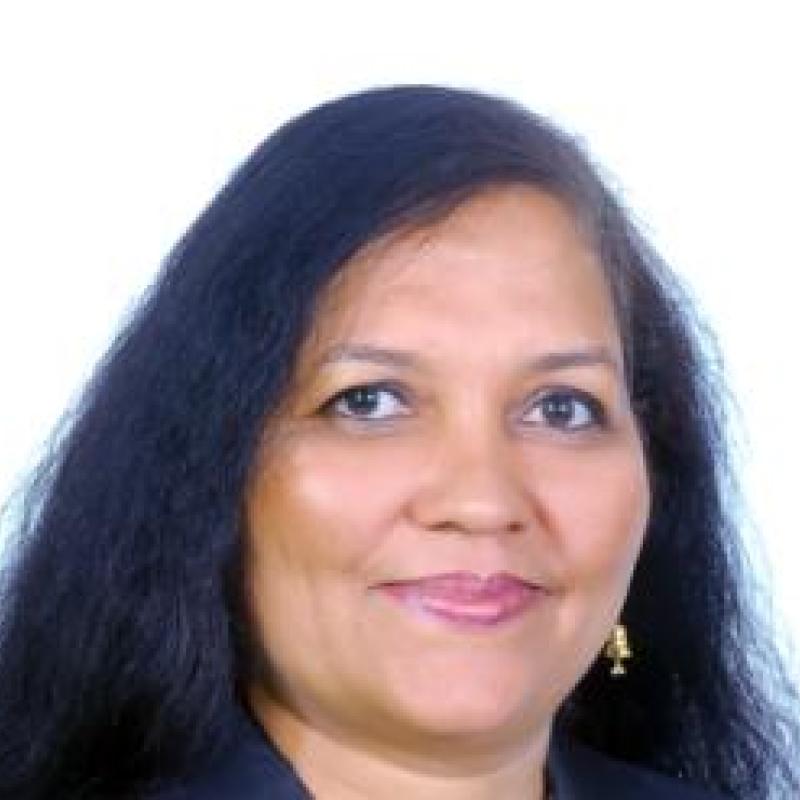Naga Damaraju
Professor, Department of Business Administration

What courses do you teach?: I teach courses in Strategic Management, Leadership, Entrepreneurship, and Small Business Analysis
What is your approach to teaching?
I have noticed that courses in higher education are highly structured. My courses are less about that. They are about dealing with uncertainty, and unstructured situations, and then making sense of things. Students tend to initially resist this approach and become frustrated. However, I see it as my job to educate them in this way. The structure they fall back on is false comfort because the real world requires making sense of uncertainty and unstructured situations.
Tell us about an assignment or project that you are proud of.
One is ¾ into the course and does roleplay for a company on how to grow. whether to expand on an area of the business or not. They struggle and get frustrated in the beginning, argue a lot, but eventually, they consider how they decided and feel good about their learning.
Second. I ask them to find an article after a couple of chapters are done. They choose an article from either Wall Street Journal or New York Times, on a business topic of their choice. They then have to comment on the article connecting with the chapters they are studying.
What have you learned from the students?
A lot. I always thought I was a hard-working person. When I arrived at SSU, I saw that many of the students had many more challenges than I had. Yet, they are cheerful, enthusiastic, and hopeful in the face of these challenges. It actually makes me feel like the world is passing into safe hands.
In the face of the pandemic, faculty worked hard to learn how to build quality online courses. You had already redesigned some of your courses for online teaching through the Chancellor’s Office Quality Learning and Teaching certificate program. What motivated you to pursue it? How did this shape your teaching?
What motivated it was the widespread advertisement from CTET on the opportunities for canvas, online course development, and small amounts of funding. I came from a completely residential program where I used to resist anything online and technology has always been my blindspot. When I came here I looked at the demographics of the students, considered issues around access, and the gentle push for online courses. I found it important to break the technology barrier and really learn this skill because it is an important tool to serve this particular university. I talk to students about breaking barriers many times in my classes. I thought that I should break some myself!
Also, when I do something I do it fully. The QLT program was how I trained, and my courses were the first to go through that program.
What do you see as the future of online instruction at SSU?
I think online teaching is here to stay particularly given our demographic. In light of that, I think it is a great idea that courses are QLT certified so that they can be offered across the CSU.
What do you think it means for SSU to be a public liberal arts and sciences institution (the only member of the Council of Public Liberal Arts Colleges in the state of California)?
Being a COPLAC, liberal arts, interdisciplinary university means we must be strong in all disciplines. This requires an appropriate number of qualified and diverse faculty who have the expertise to teach and do research in those disciplines.
It’s also important to show that students will make a living from studying at SSU. This is because many of our students come in working long hours and want to make a better life. Employability is critical and that connection has got to be shown.

